Where is Skylum going with Luminar?
Triggered by the announcements in the last weeks about the enhancements that exist or will exist for Luminar NEO, it seems necessary to classify.
Introduction
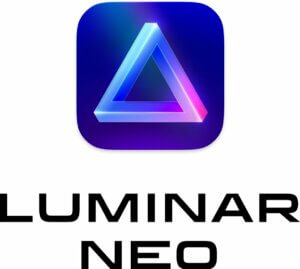 Luminar and also other products from Skylum have a development behind them in the last 4 years, which was not always uniform. Luminar actually started as a tool on the Mac and until a Windows version became available I was able to try it out.
Luminar and also other products from Skylum have a development behind them in the last 4 years, which was not always uniform. Luminar actually started as a tool on the Mac and until a Windows version became available I was able to try it out.
But we are talking about a period of just under 4 years and there has been Luminar 2018, Luminar 3, Luminar 4, Luminar AI and now most recently Luminar NEO. Then there was Aurora HDr and Luminar Flex and a few others. And unfortunately, there have been some changes in direction during that time that have not been good for the software.
Start of the Windows Version
November 2017 saw the launch of Luminar 2018, the first Windows version. The RAW converter at the time was already not bad, but it was then still called MacPhun directly promises were made that you want to be an alternative to Lightroom.

At that time, Lightroom was also consistently converted to cloud and there was also a Lightroom CC for mobile devices. Based on deiser announcement, MacPhun still made the promise at the time to deliver image management with the 2018 update.
The empty promises
After this release at the end of 2017, there were updates in 2018. But even the July update still does not contain an image management. Then in December 2018 came Luminar 3 with a very rudimentary image management that was simply disappointing.
All the more so, as Luminar definitely saw itself as a competitor to Lightroom. And this update to Luminar 3 was of course chargeable.
For this, they made this roadmap public on the website, which should probably appease the disappointed users. Afterwards should be implemented until July 2019 at least a keyword assignment / administration and one wanted to take over Exif data. But the best thing was that at the time they still planned to migrate a Lightroom catalog.
In April 2019 uwrde an update released, including Accent AI filter 2.0 and a new roadmap for the still missing image management features:

For the management of Exif data and for the Lightroom migration tool, no date was named at all.
After that, the ability to be operated as a plugin is dropped for Lumiar 3 and Luminar Flex is released. However, this program turns out to be quite buggy.
Only a few weeks later Skylum announces Luminar 4, which should contain Sky Replacement. What happens with the promised library functions remains open.
Luminar 4
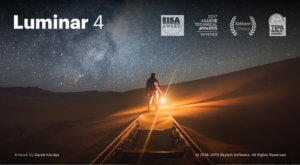
Despite the announcement in July, it still takes until November 2019 for the final version of Luminar 4.
This is not bad and not to complain and there was a beta, btu there were still enough bugs in the final verison and the program was quite sluggish.
And of course this update to Luminar 4 is chargeable. With Luminar 4 there was first a statement that one puts the catalog functions behind and concentrates first on AI supported functions.
Luminar AI
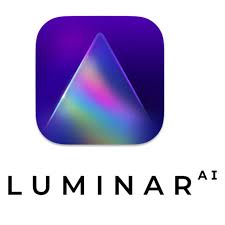
Not even 10 months later, in September 2020, Luminar AI is already announced. Luminar AI is supposed to free the fotogafen from time-consuming edits, especially in the areas of portraits and landscapes, through AI-supported image editing.
At the time, I quoted the CEO’s statement that he was never entirely happy with the focus on image management and as a competitor to Lightroom.
And then in mid-December 2020 came the final version, which was then also paid.
Luminar NEO
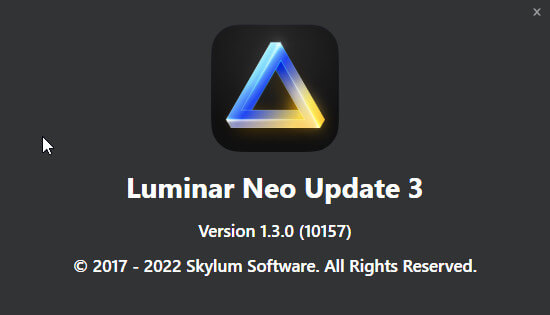
In November 2021, there is a Technical Built of Luminar NEO and a month later the first beta. In January this year then an Early Access Update 2.
At that time, an app Luminar Share is thrown behind, so to speak, perhaps to show, we also think of Android and iOS, so to mobile devices. However, the implementation is rather poor and buggy. This app could have been skipped in my opinion, but also shows a basic problem. Does Skylum also want to do something (serious) in the direction of mobile devices, or is this just a flash in the pan.
After several updates, the HDR Merge module is released in July and Noiseless AI a month later.
 Now there is also the announcement that Luminar NEO is considered as a platform, which will be supplemented with various (paid) extensions. More such moduke among others an upscale module and your module to remove backgrounds not only for portraits are announced. These can be pre-ordered now and should be released this year.
Now there is also the announcement that Luminar NEO is considered as a platform, which will be supplemented with various (paid) extensions. More such moduke among others an upscale module and your module to remove backgrounds not only for portraits are announced. These can be pre-ordered now and should be released this year.
The extension are with 49, – €/piece also not exactly to be called inexpensive.
Subscription model and lifetime license
Luminar NEO is now offered as a subscription but also as a regular license. The prices look as follows:
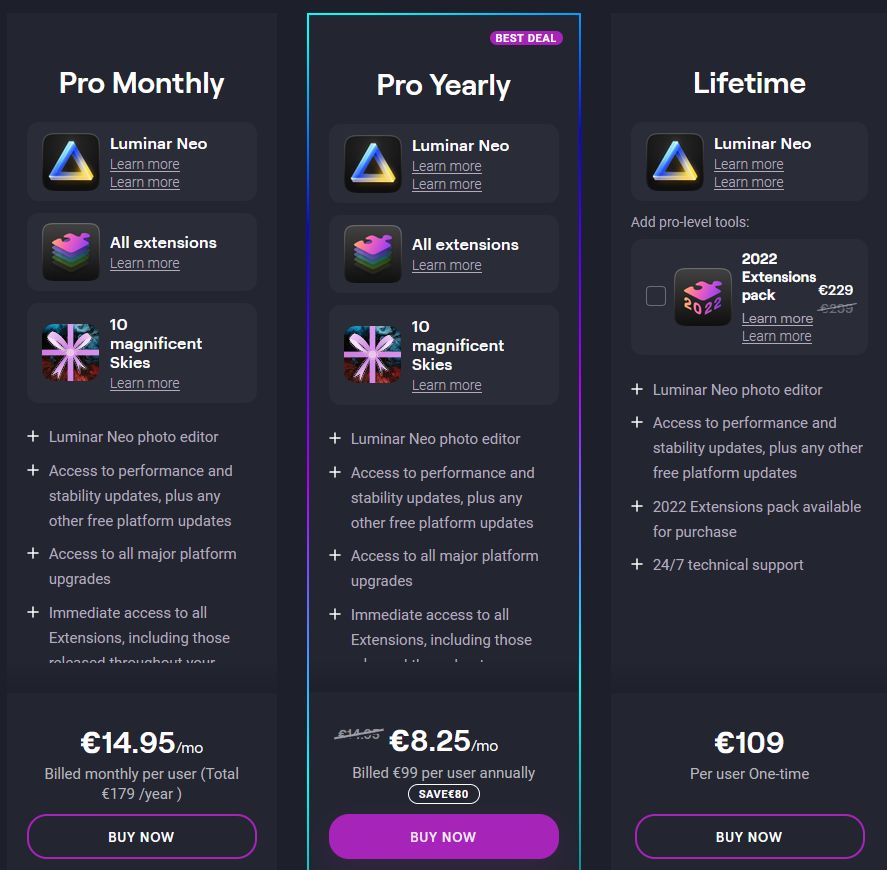 109 € should cost the lifetime license, which probably does not include any function updates, or they are sold in annual rythm via paid updates. Only because of deiser restriction and the price discounts for Fürhbestellungen Skylum probably wants many subscriptions and many Early Bird orders.
109 € should cost the lifetime license, which probably does not include any function updates, or they are sold in annual rythm via paid updates. Only because of deiser restriction and the price discounts for Fürhbestellungen Skylum probably wants many subscriptions and many Early Bird orders.
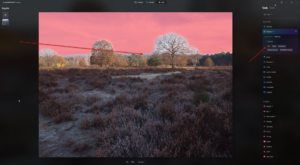 I have now absolutely nothing against a subscription model, because otherwise I would have no Lightroom. However, the price of 14.95 € / month seems to me quite high compared to Lightroom. That’s more than Adobe charges for the Photographer subscription (and even that you can often get for less than 8,– € /month).
I have now absolutely nothing against a subscription model, because otherwise I would have no Lightroom. However, the price of 14.95 € / month seems to me quite high compared to Lightroom. That’s more than Adobe charges for the Photographer subscription (and even that you can often get for less than 8,– € /month).
In comparison, Skylum has not kept many promises and some things, such as catalog, full Exif, search at least for Exif data so camera, lens, etc. are missing even today. In this respect, the product seems less finished to me and that should be taken into account when pricing. I still use Luminar NEO as a plugin sporadically.
A full replacement Luminar NEO will not become in the foreseeable future, and only to use as a plugin it would be too expensive for me.
Missing little things
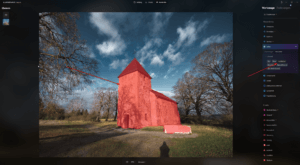
But for me at least, there are a few things missing that would be very easy to implement. For example, you could make it adjustable whether you see the edited photo in the background again in edit mode.
A before/after comparison with movable dividing line, as it already existed in Luminar 4, should also not be difficult.
Also that (partially) the images in the catalog view are displayed much too saturated, is annoying. Or that the size of the photos can be varied until today only in fixed steps, is not comprehensible. That in the Exif data not even the used lens or possibly exposure corrections are displayed, also belongs to the easily fixable little things. This would simply make the use more consistent and in some places easy.
Conclusion
Until now, there was almost every year a new, paid Progrmm. Now with the subscription model and the extensions we can hope that the development will be more constant and straightforward. But with this model Skylum faces the same problem as all subscription models. Now they still have ideas, but what should they add after the announced expansion.
I hope for a more constant development, which also really concentrates on error corrections and also smaller improvements.
ciao tuxoche



